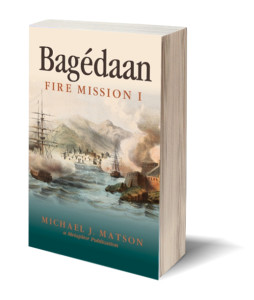The Allied City States of Korak (ACSK)
As you can see, this article is under active construction. There is information below the form. Check back often as this entry is updated!
Introduction/Background:
Geography:
- Location:
- Geographic coordinates:
- Maritime claims:
- Climate:
- Natural hazards:
People and Society:
- Population:
- A Stereotypical Native:
- Languages:
- Religions:
- Dominant and secondary:
- Holidays:
Government:
- Type:
- Legislative:
- Judicial:
- Capital:
- Administrative divisions:
- Legal system, if any:
- Citizenship:
- National symbol, if any:
- Flag, if any:
Economy:
- Overview:
- Currency:
Military:
Transnational issues:
- Treaties:
- Disputes:
Created from the four Cascadian earldoms in the defunct duchy of Balinford by the signing of the Treaty of Inveragin in MCY 436.
The four duchies are, from smallest to largest: Haedinford, Caernarford, Dunlissford, Glassford.
Key provision of the Treaty, sometimes called the "No Bullies" clause: No larger duchy may attack a smaller duchy. In the event this happens, the other two duchies are bound by the treaty to come to the military aid of the defending and smaller duchy.
A geographical note of import: Dunlissford and Glassford share no common border. Haedinford and Caernarford are situated between them, which means neither can attack the other unless they first violate the lands of one of the smaller duchies — tantamount to warring with all of them.
Haedinford is the smallest and therefore immune to attack by its neighbors. It is therefore the preferred place for the four dukes to meet to discuss matters that concern the city-states as a whole. It is the only land-locked duchy but possesses the richest coal and diamond mines on the eastern end of Korak. In 589, Haedinford is ruled by the widowed Duchess IngwenTrent-Cormaren.
Caernarford, the next largest, has the best port facilities of the ACSK and is therefore the central hub of trade for the city-states. It is also the most socially liberal of the four, being open to ideas from cultures around the world. Caernarford's ruling family is closely allied to Dunlissford's by much intermarriage since they were mere earldoms in the duchy of Balinford, decades ago. As of 589 the current duke is Hengist Dunliss-MacIntyre (he married the duke of Dunlissford's older sister in 575).
Dunlissford possesses the best mines for iron ore (and some diamond mines that are not as productive as Haedinford's]]. They also produce the highest grade of steel of which humans are capable. They also have some of the finest human armorers and swordcrafters on the planet. As of 589 Dunlissford's duke is Edelred Dunliss. Like Glassford's, his ancestor Aelfreth Dunliss was one of the signatories of the Treaty of Inveragin.
Glassford is ruled by the Fitzross family and has been for generations. Robert Fitzross was one of the signatories to theTreaty of Inveragin. It is the largest of the four city-states and may therefore make no war against any of the others without serious consequences. Glassford is the northernmost duchy. Its iron ore production is second only to Dunlissford and its coal is of superior grade, equal to Haedinford's in quality if not in quantity. Glassford also possesses the most arable land of the four city-states and has the biggest agricultural base.
